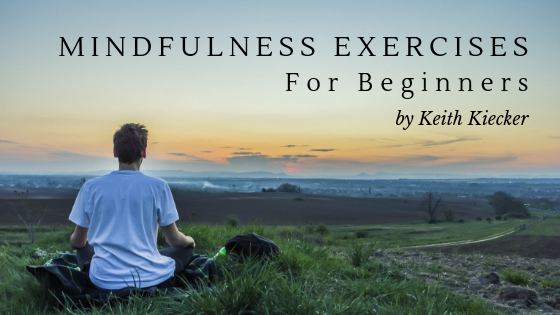Mindfulness has become a hot topic in conversations pertaining to stress levels and work-life balance. For those who are interested in trying mindfulness exercises for themselves but are unsure of where to start, there are many options you can choose to incorporate into your daily routine. Not every activity will feel natural the first time you try it, but the principles behind each exercise can benefit you when you put them into practice.
Meditation
One of the most common mindfulness exercises is meditation. The practice may not appeal to everyone, but it can help alleviate stress and physical tension as well as improve your self-awareness. At the heart of meditation is breathing techniques. Focusing on each breath directs your attention to something both natural and within your control; in turn, you can then focus on sensory notions such as audible or tactile sensations. Doing so helps you gain a more intimate relationship with your thoughts as well as your body.
Body Scan
In conjunction with meditation, a common practice is known as a body scan. Taking steady breaths as you assess any location of pain, discomfort, or tension can improve oxygen flow and help you feel more at ease. A body scan can be done in any spare moment, and while it is commonly associated with meditation, it can be done on its own, as well.
Observe Others
Much of mindfulness is focused internally, but because much of our lives involve interacting with others, conducting unobtrusive observations can help you become more aware of others as well as yourself. Looking at multiple people and noting small details such as body language, facial expressions, apparel and more without casting judgment or making assumptions is crucial. Observing others in this way is not passive; it is simply a neutral way to connect with the world.
Immersion
When we conduct tasks, especially unpleasant or tedious ones, we often rush through the activity just to finish it. Mindful immersion combats this tendency. Instead of finishing one thing in order to start something else, this practice encourages thoughtful progress and new experiences. Utilizing your senses and recognizing the task in a new way can help you appreciate your own work and better relax your mind, even when you feel overwhelmed.
Mindfulness practices are plentiful in number, and the items above are by no means an exhaustive list. Integrating some of these practices into your daily routine can help you better manage stress and live your life more fully.


